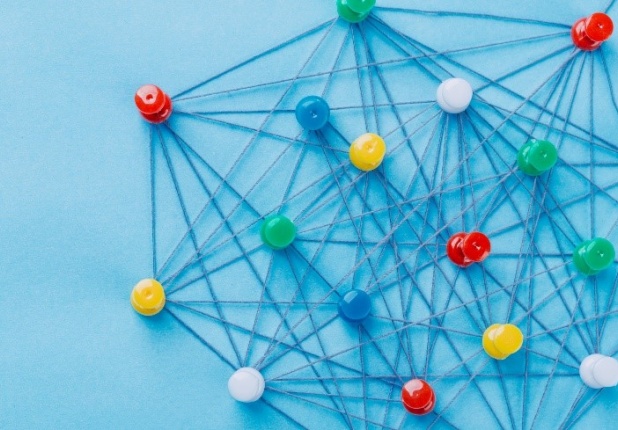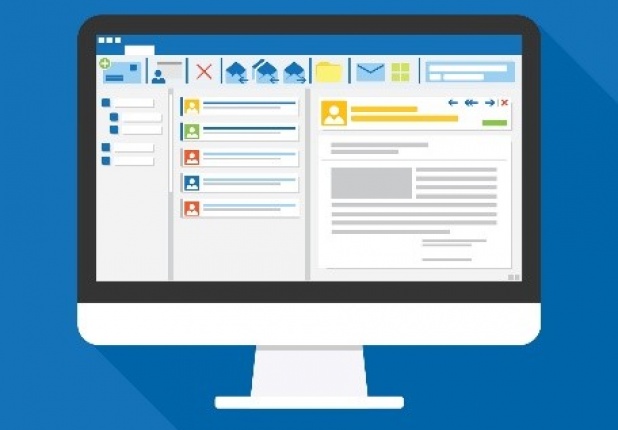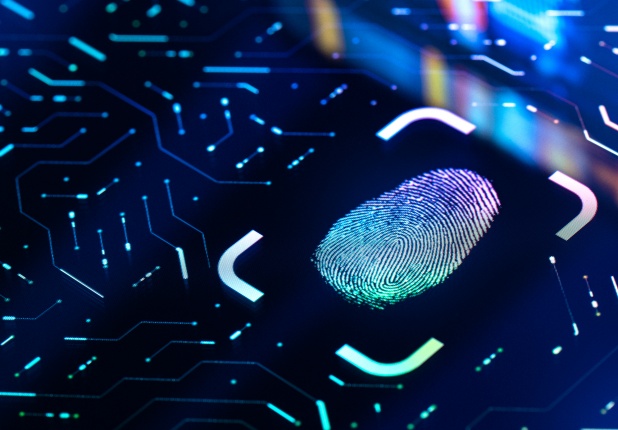When a Forensic Exam of a Mobile Device May Be Warranted
While requests for email communications and collections from hard drives and networks are standard in today’s litigation, a party’s text messages, and collections from mobile devices are oftentimes overlooked. A narrowly tailored motion to compel forensic exam can be a valuable discovery tool to analyze the data on a party’s mobile phone. This blog analyzes the factors that led a court in the Northern District of Illinois to order the forensic imaging and collection of a party's mobile phone.






